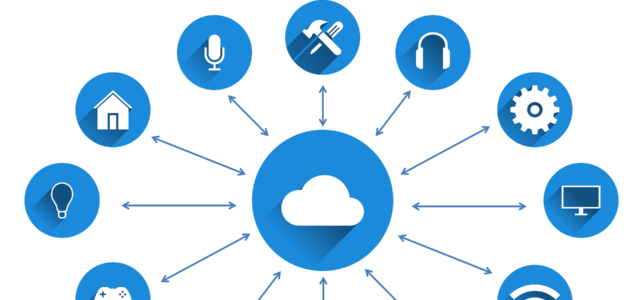Raw data can be a pain to sift through. Once you’re able to find anything useful and quantifiable, you have to start narrowing down your audience to the individual. While data can tell us everything we want to know about someone’s online habits, reading and understanding the data can be quite another hurdle.
While businesses can get a good picture of the individual consumer, marketing specifically to them can be a trying process. We’ve all been on the consumer end of failed attempts, so how does your company create a happy customer? Balancing on the line between terrible and terrific marketing is where identity resolution comes in.
What Is Identity Resolution?
Identity resolution is a process of organizing data to know the individual customer better. You don’t want to send an advertisement to all of their email addresses or send them a discount code for their first purchase after they’ve made a transaction with you. At its heart, identity resolution is all about timing and making sure your best foot is forward.
There’s a lot of complexity in trying to read the habits of an individual and figuring out when to market to them. A subtle approach is best, but programming your site to be subtle might be another issue.
Multiple Devices
The first and most obvious problem for implementing identity resolution is going through many IP addresses. If a person looks at your website on their phone and then places an order on their laptop, you have to be aware these people are one and the same. Continually sending advertisements to a customer who already did business with you is annoying at best and deal-breaking at worst.
In the modern day, not very many people have just one device anymore. Computers, phones, tablets and even gaming consoles can access your website — and your target consumer may have multiples of each. Identity resolution means going through each scrap of data and connecting them to one person even across devices.
Online Versus Offline
A person’s online life and persona is often not the same person offline. One of the coolest things about modern technology is having a separate identity for online tasks. But the identity difference can create a problem for marketers who are trying to bridge the gap between devices.
Data from multiple platforms can all be connected to one individual, and finding the individual is part of the marketer’s job. When the person has an entirely separate persona offline, the bridge to connecting the devices may become a struggle to build. While challenging, the task is not impossible. Identifying the online persona might be easier to do, so connecting the devices should still be feasible.
Privacy
Identity resolution may sound like a corporate dream when done correctly, but it might also seem a little too invasive for a consumer’s liking. While going through the data and connecting a person across devices, marketers need to uphold privacy standards. Keeping the consumers safe and business flourishing shouldn’t be an issue.
Data like cookie IDs, device identifiers and IP addresses are all collected by companies to use for marketing purposes. However, information like names, email or physical addresses and phone numbers should not be stored by the company. While an invasion of privacy, storing personal information can become a life-altering problem if hackers gained access. Saving the company and consumers can be as easy as just not keeping unnecessary information.
Managing Data
Connecting the data to a specific person will take a lot of work — and it may be impossible if the data isn’t organized correctly. Using outside intervention, like a data store, can make raw data into something flexible, scalable and quantifiable. Setting up a data store is easy, fast and rewarding for your business.
After arranging your data correctly, you can then start putting all of the pieces together to find the individual you’ve been looking for. The same programs can even fit the correct pieces together for you to make complete profiles of potential customers. Afterward, using the data to the best of the company’s benefit is based on how marketing wants to advertise. Using the data can help provide answers on what ads the consumer finds most attractive.
Good for Everyone
Identity resolution is good for the consumer and the business. The company can pinpoint the exact kind of person who’s interested in their products and services. Meanwhile, the customer doesn’t get bogged down by advertisements, finds exactly what they’re looking for and has a great shopping experience.
There’s a rather broad line between collecting basic data and collecting a person’s information. Of course, consumers are finding ways to prevent any of their data from reaching corporate hands, but companies don’t want to collect personal information anyway. Keeping identity resolution technology in honest hands means everyone wins. Only when data is stolen and used for nefarious means do things start to turn ugly.
Article by channel:
Everything you need to know about Digital Transformation
The best articles, news and events direct to your inbox
Read more articles tagged: Featured, Marketing Analytics







